
The end of no transparency
The end of no transparency
Discover how EU regulations are transforming the fashion industry with sustainab...
Read more

The end of no transparency
Discover how EU regulations are transforming the fashion industry with sustainab...
Read more

AI and PLM: Transforming product development
Explore AI in PLM: How machine learning, language models, and automation transfo...
Read more

Inside Delogue - Being a Part of the Team
Inside Delogue: Reflecting on a year of growth, collaboration, and the people wh...
Read more

Built together: The value of partnerships
Discover the importance of partnerships, where collaboration and shared infrastr...
Read more

Product environmental impact is non-optional
Understanding and managing product environmental impact is crucial for fashion b...
Read more

ESPR-ready data: What your PLM must know
Learn how structured product data in PLM systems is crucial for navigating ESPR ...
Read more

InsideDelogue: Meet our Chief Product Officer
Meet Rasmus, Delogue's Chief Product Officer, and learn about his product philos...
Read more

QR or RFID? The language of the digital twin
Discover how Digital Product Passports and digital twins are revolutionizing the...
Read more

Stronger supply chains, one step at a time
Discover how to build a resilient and efficient supply chain in fashion through ...
Read more

Exploring DPP with LCF and Pas Normal
Exploring how Delogue, London College of Fashion, and Pas Normal Studios use Dig...
Read more

From silos to systems with FashionCloud and Delogue
Discover how integrating ESG data into core systems can transform compliance int...
Read more

InsideDelogue: Meet Head of Customer Success
Discover how Ulla, Head of Customer Success at Delogue PLM, builds strong partne...
Read more

Data overload? Here’s how to make sense of it
Learn how to manage and leverage data in fashion to gain a competitive edge and ...
Read more

InsideDelogue: Talking Tech Partnerships
Exploring the importance of tech partnerships in the fashion industry with Delog...
Read more

Why compliance begins outside your brand
Learn why compliance in the fashion industry starts with your suppliers and how ...
Read more

#DelogueUncovered: EPR, materials and exports
Discover answers to common product development questions in Delogue PLM, includi...
Read more

The EPR is here, let’s make it simple
Learn how to simplify EPR compliance for packaging in the fashion industry using...
Read more

The API: Your Tech Stack’s Quiet Connector
Learn how APIs streamline data flow between PLM, ERP, and other systems, enhanci...
Read more

Tasks and Processes: Fashion’s Backbone
Discover how structured tasks and processes in Delogue PLM streamline fashion pr...
Read more

#DelogueUncovered: From Claims to Compliance
Discover the latest updates in Delogue's size charts, claims handling, and ESG r...
Read more

Care labels early, smoother processes later
Discover the crucial role of care labels in enhancing garment longevity and bran...
Read more

Inside Delogue: Meet the people behind
Discover the people and culture behind Delogue PLM, a platform where fashion mee...
Read more

A mid-year status on ESG in practice
Mid-2025 ESG update: Navigate new regulations, integrate sustainability, and str...
Read more

Your Product's Blueprint: Complir x Delogue
Learn how integrating a detailed Bill of Material with AI can transform complian...
Read more

Get a closer look at the ESPR working plan
Discover the ESPR working plan's impact on textiles, sustainability criteria, an...
Read more

TechThreads 2025: Turning Vision into Action
TechThreads 2025 emphasized the need for collaboration and technology in driving...
Read more

Making systems talk with standard integrations
Discover the importance of integrations in fashion tech to enhance data flow, re...
Read more

Strong partnerships, strong data
Discover how strong supplier relationships are crucial for meeting new data comp...
Read more

The Survival of the Fashion Industry
Fashion brands must adapt to new sustainability regulations using technology for...
Read more

Your Bill of Materials holds everything
Discover the significance of a detailed Bill of Materials in fashion for complia...
Read more

#DelogueUncovered: Admin Module
Explore how Delogue PLM's Admin Module lays the foundation for efficient, scalab...
Read more

#DelogueUncovered: Collaboration
Discover how Delogue PLM enhances collaboration with suppliers, ensuring quality...
Read more

Putting circularity at the core of design decisions
Exploring how integrating circularity into design can extend product lifespans a...
Read more

Designing for Longevity with Sika Footwear
Discover how Sika Footwear uses data-driven strategies to enhance product longev...
Read more

Building quality at the core of the product
Discover how integrating PLM systems into product development ensures high quali...
Read more

The connection between ESG and technology
Learn how fashion brands can leverage data and technology to meet ESG goals, str...
Read more

The synergy between PLM- and ERP-systems
Discover how integrating PLM and ERP systems can streamline workflows, ensure da...
Read more

A Strong Baseline: Bridging Your Data and Goals
A solid data foundation is essential for businesses navigating today’s regulator...
Read more

#DelogueUncovered: Reports
Discover how Delogue PLM's reporting tools can help you manage style data, sampl...
Read more

2025 Expectations: What can we expect for the year of infrastructure?
At Delogue we believe that 2025 will be filled with 3 important focus areas: Col...
Read more

Why Your Data Foundation Starts with a PLM System
A solid data foundation is essential for businesses navigating today’s regulator...
Read more

Building The Perfect Tech stack
Discover how Delogue PLM and Tex.Tracer are revolutionizing fashion sustainabili...
Read more

#DelogueUncovered: Custom Fields and Risk Assessment
Explore how to use custom fields in Delogue PLM and understand the importance of...
Read more

Preparing for GPSR Compliance
Learn how to navigate the updated General Product Safety Regulation (GPSR) and e...
Read more

#DelogueUncovered: Addressing ESG, Sustainability, and Supply Chain Solutions
Explore the latest insights on ESG challenges, sustainable materials, and supply...
Read more

#DelogueUncovered: Key Questions About PLM, ERP and Certification Management
Discover the benefits of PLM systems, differences between PLM and ERP, and how P...
Read more

How well do you really know your suppliers?
Explore the importance of supply chain transparency and traceability in the fash...
Read more

Supply Chain Management in Fashion - Key to Competitiveness
Effective supply chain management is crucial for fashion brands to stay competit...
Read more

Three Essential Areas for Survival
Essential strategies for businesses to comply with evolving sustainability regul...
Read more

The ESPR: A New Era for Sustainable Products
On July 18th 2024, The ESPR was officially passed, introducing significant chang...
Read more
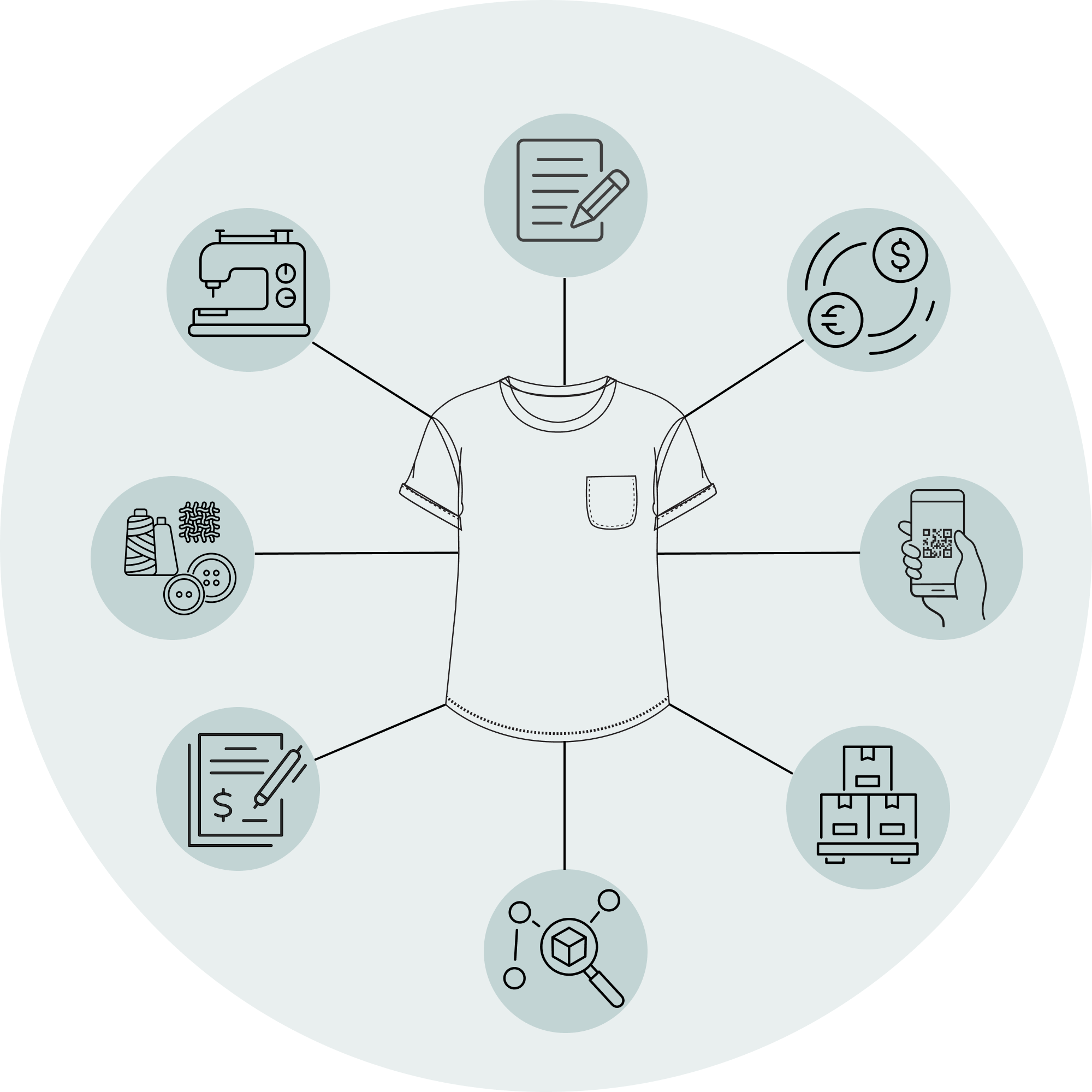
The Digital Product Passport - Where to get started?
Discover how the fashion industry is adapting to new regulations with the Digita...
Read more
.png)
Designing for Circularity
Learn from textile industry expert Marie-Louise Rosholm about designing for circ...
Read more

Sustainable Fashion: How the EU textile legislation impacts the clothing industry
Discover how the new EU textile legislation is reshaping the fashion industry an...
Read more

Managing Your Products in Excel Could Threaten Your Company’s Future
Learn why managing your products in Excel could threaten your company's future. ...
Read more
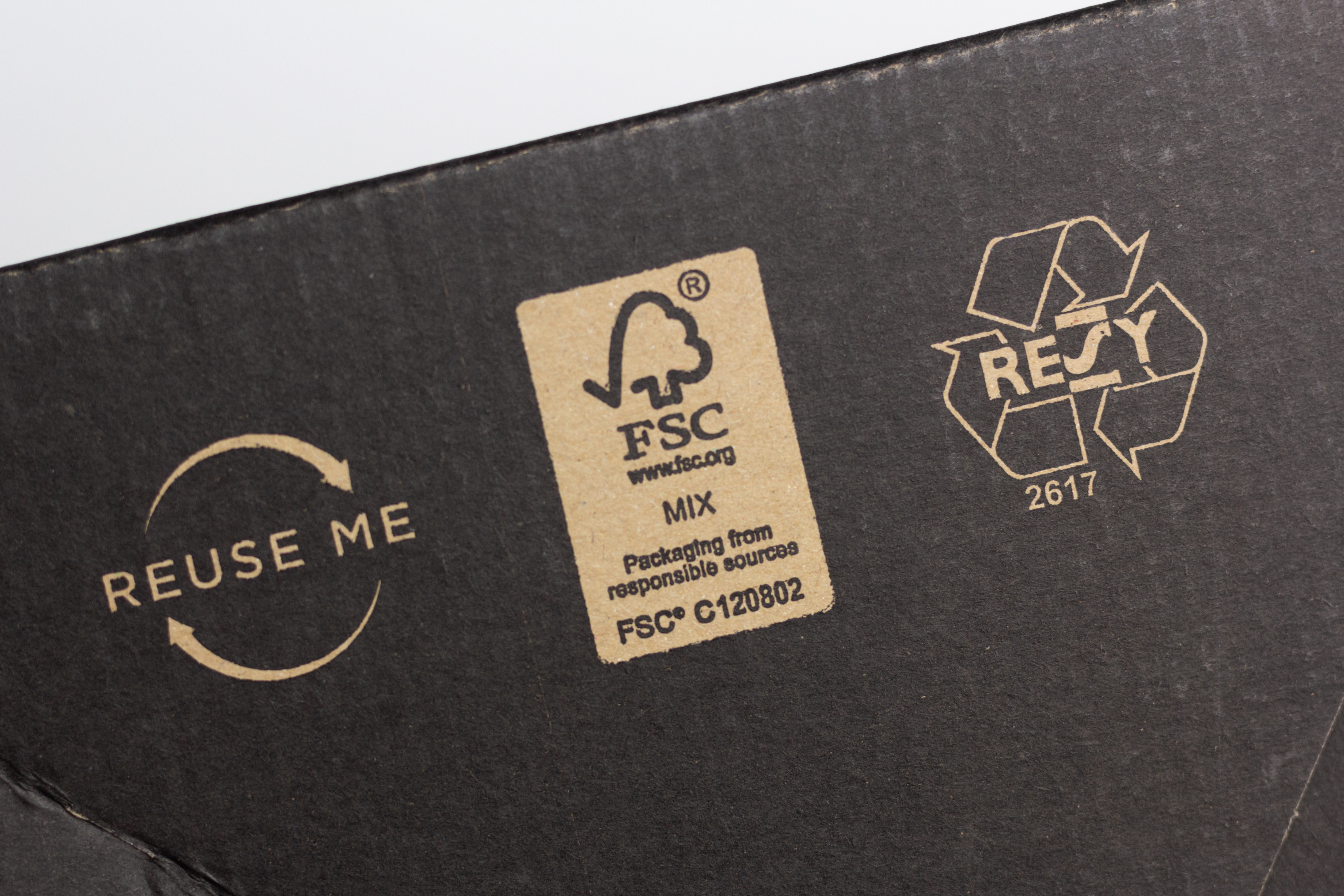
Understanding the Purpose of SC and TCs
Discover the importance of Scope and Transaction Certificates in the apparel ind...
Read more
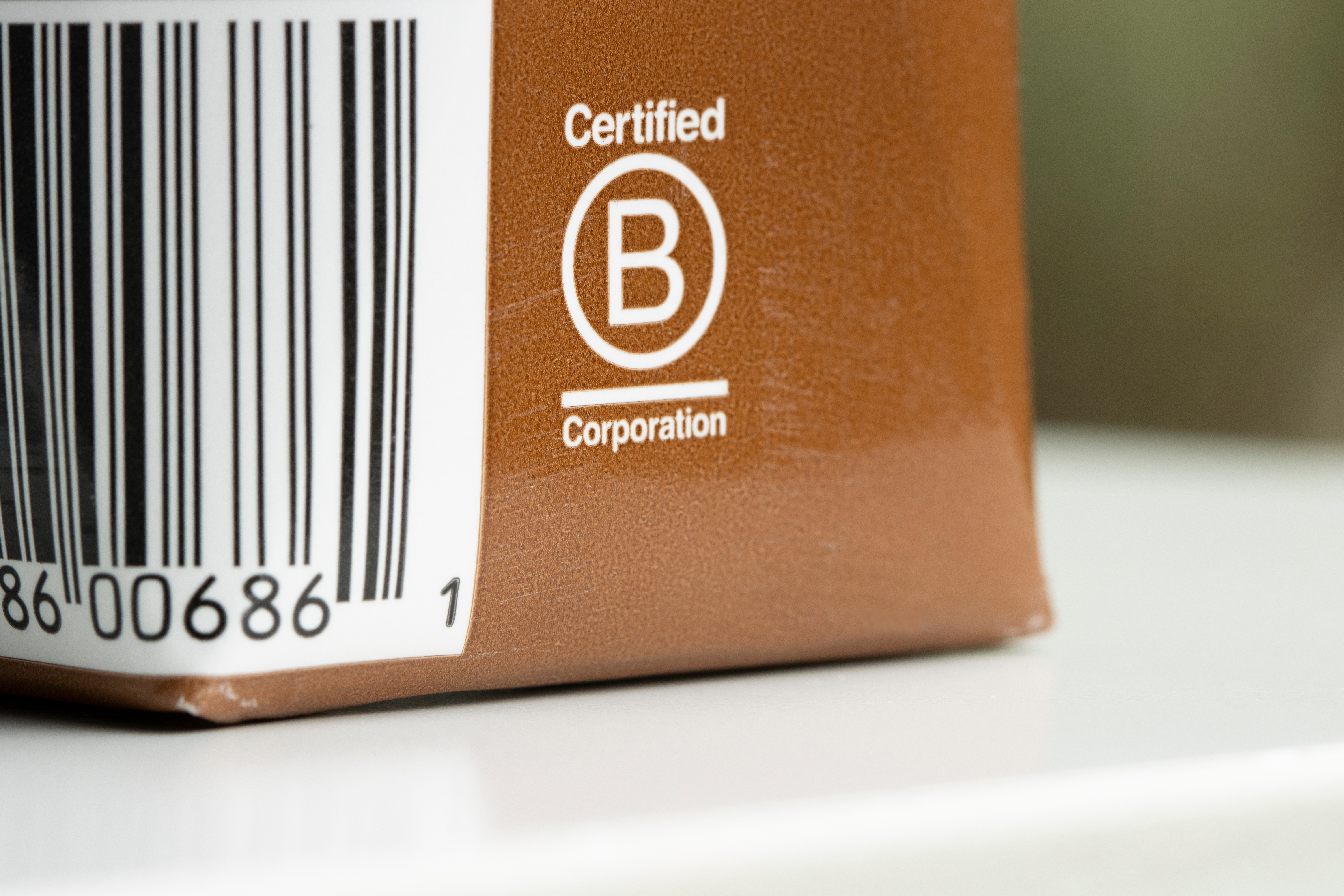
Managing Apparel Industry Certificates
Discover the significance of certificates in the apparel industry and the transf...
Read more

Cloud-Based PLM Software for Fashion and Apparel: The Ultimate Guide
Learn how cloud-based PLM software can improve productivity, reduce costs, and s...
Read more

Streamlining apparel production across a multi-brand portfolio
Discover how apparel supplier Tatari improved their workflows and communication ...
Read more

Supporting supplier collaboration with an inclusive PLM
Shijiazhuang Runni Trading Company, explains how working with Delogue PLM helps ...
Read more

5 reasons to choose Delogue
How a PLM accelerates your growth and when to know the best time to invest. Our ...
Read more

A Guide to Integrating Delogue to your ERP
Learn how PLM integration with ERP systems works. Our guide explains how Delogue...
Read more
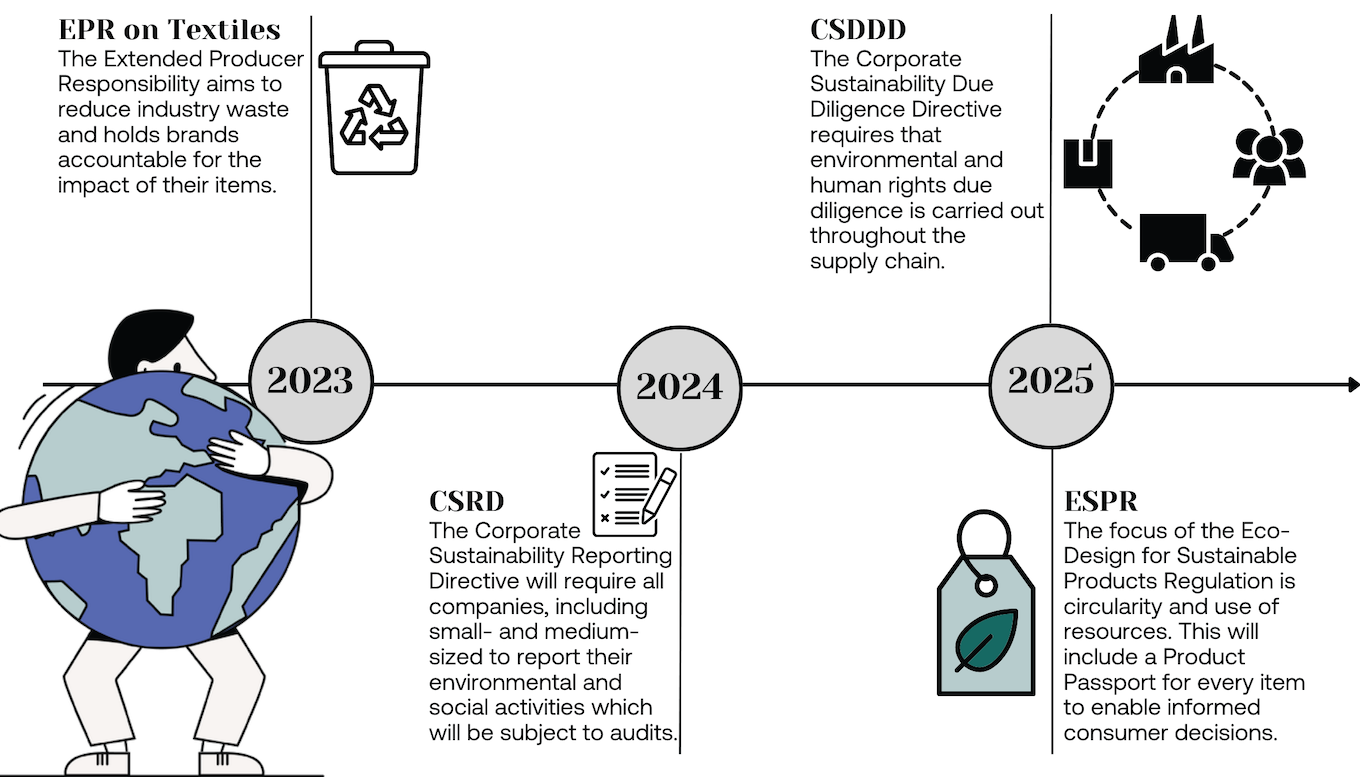
EU Directives Impacting the ESG Fashion Agenda - 2023
2023 is set to become the year of ESG in the fashion industry. Keep up to date w...
Read more
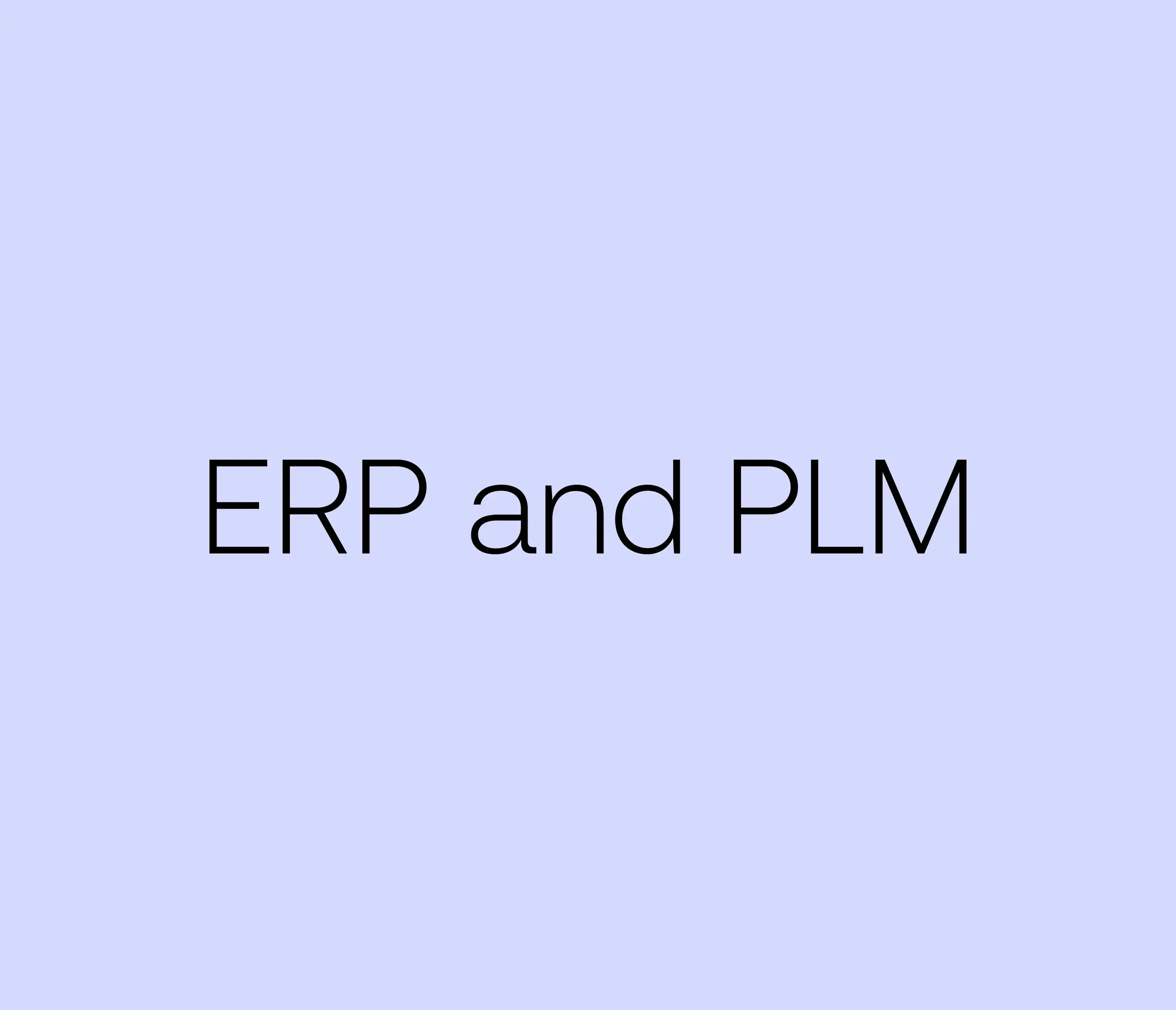
ERP vs PLM? Difference Between PLM and ERP
Explore PLM vs ERP in fashion: Understand what PLM and ERP are, key functional d...
Read more

How to successfully negotiate sample/bulk delays
Learn how to negotiate sample delays in an increasingly volatile supply chain by...
Read more
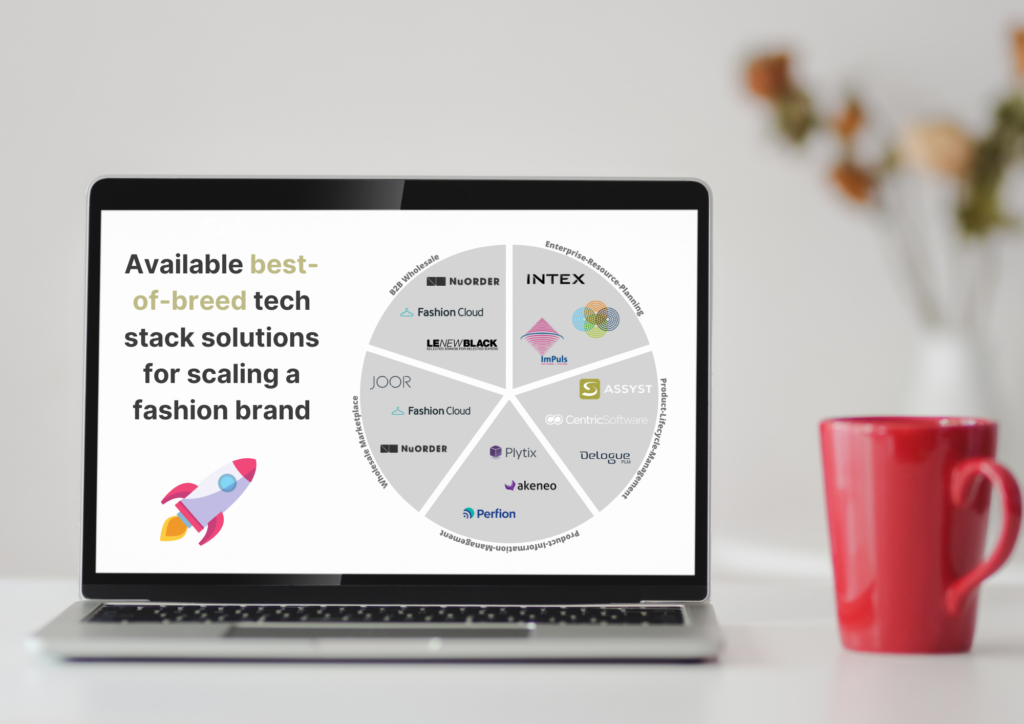
Best-of-breed tech stack article
Learn how outdated legacy- and in-house systems affect your business performance...
Read more

EU Due Diligence Article
Find out if and how the new EU Due Diligence Directive will affect your operativ...
Read more

Bestseller 3D case story - Delogue PLM
Learn how Bestseller uses 3D as an early adopter and the benefits and learnings ...
Read more

PLM BoM: Bill of Materials Management in PLM Systems
Discover how BoM in PLM works: learn PLM BoM management, process flow, and best ...
Read more

The Pursuit of the Perfect Product
How Integrating a PLM & QC software enriches both your product data & product qu...
Read more

How Digitalisation ramped up revenue growth for German streetwear brand, LFDY
Explore how German streetwear brand, LFDY boosted popularity with more complex ...
Read more

What is 3D Fashion Software?
A complete guide to 3D Fashion Software including what are the benefits, when it...
Read more

How to Spec a Garment with POM: A Guide to Perfect Measurements
Learn how to spec a garment with POM and communicate the right measurements to e...
Read more

PLM Supports Sustainability in the Fashion Industry
Discover how the integration of a PLM supports sustainability. Learn how to redu...
Read more

Managing care instructions: Requirements and rules
Learn how to manage care instructions and labels: apparel care label regulations...
Read more

Three Key Learnings for Fashion Brands from the Pandemic
Get insights into how the pandemic affected the fashion industry, how fashion br...
Read more

Outsourcing 3D samples with Mojomoto
Outsource your 3D fashion designs with Mojomoto. They help you stay ahead of the...
Read more

PLM software: 7 key benefits of cloud systems
Discover 7 benefits of cloud-based PLM: scalability, collaboration, cost savings...
Read more

Equestrian clothing brands streamline their workflow with Delogue PLM
Equestrian clothing brands find themselves embracing the digital transformation ...
Read more

What is the connection between 3D software and a PLM?
A PLM helps fashion brands in their 2D to 3D software transformation by provding...
Read more
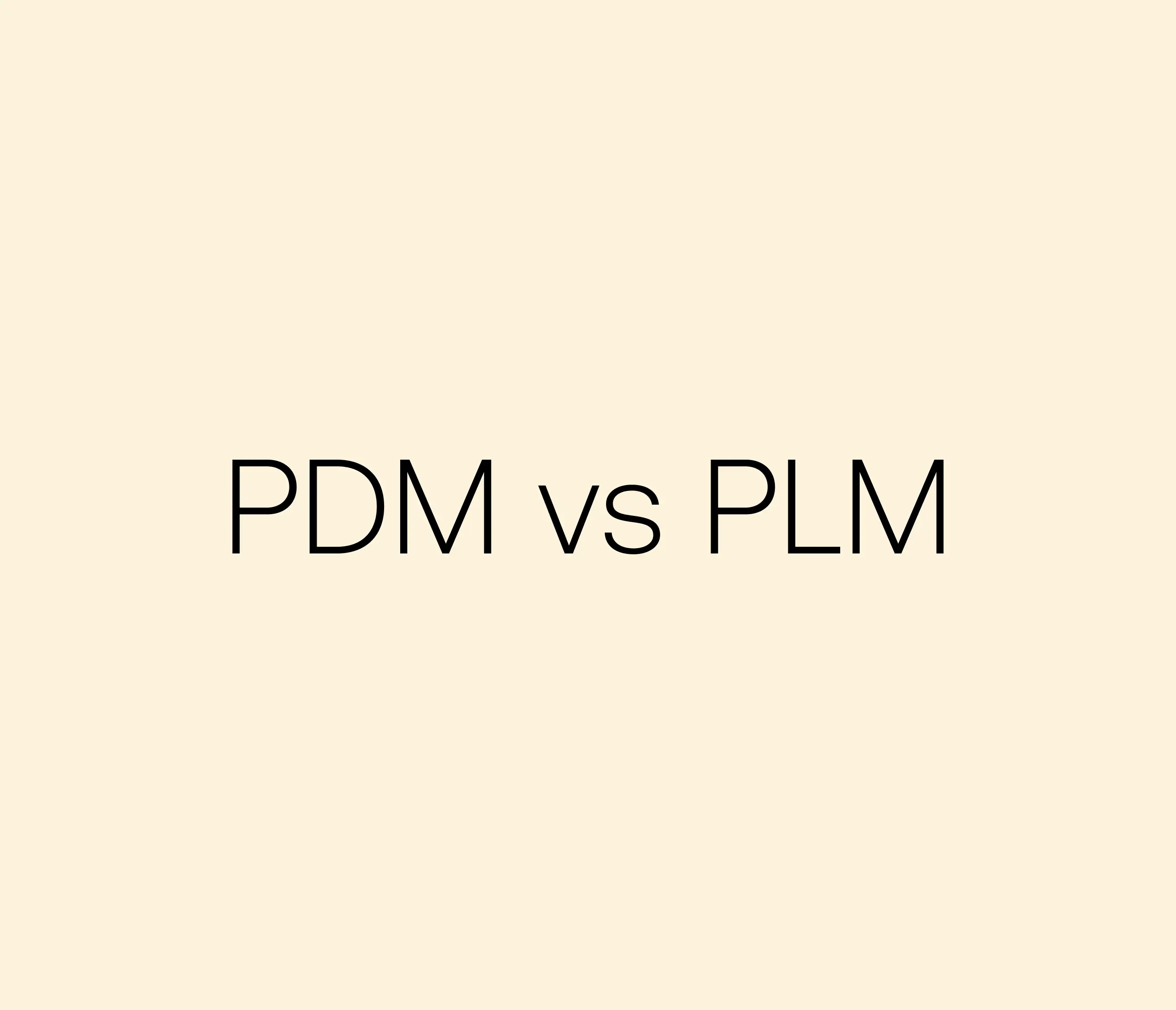
PDM vs PLM? Difference between PDM and PLM
Learn the key differences between PDM and PLM systems. Understand what PDM and P...
Read more
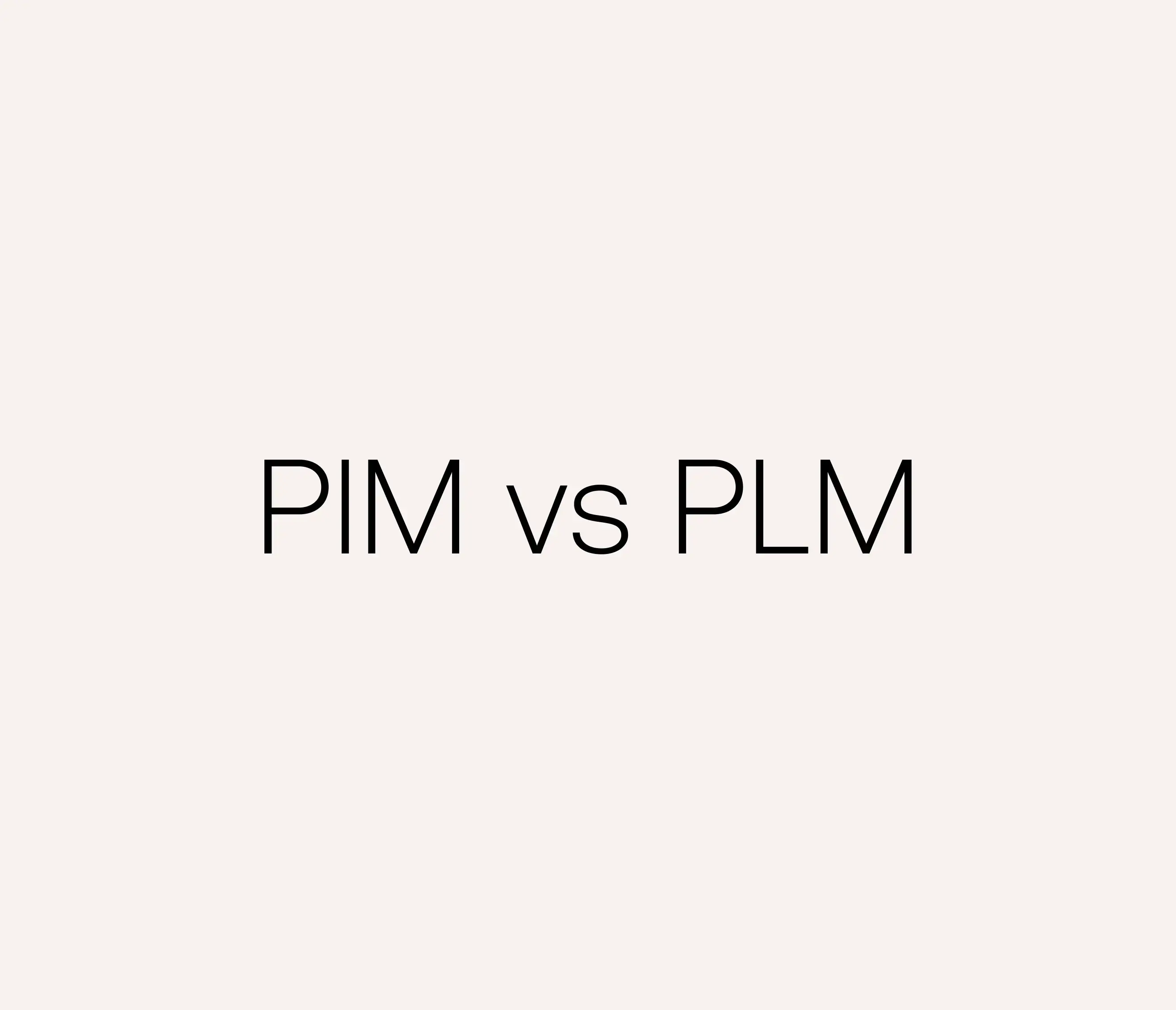
PIM vs PLM? Difference between PIM and PLM
Learn the key differences between PLM and PIM systems. Understand what PLM and P...
Read more

Build strong relationships with your suppliers using a PLM
To learn how to achieve close collaboration with your suppliers, we discuss the ...
Read more

A fashion collection created entirely with 3D samples
Already using 3D virtual sampling software with their suppliers, are VILA, and e...
Read more

Delogue PLM announces partnership with German INTEX
We team up with the German fashion software INTEX to share and combine their exp...
Read more
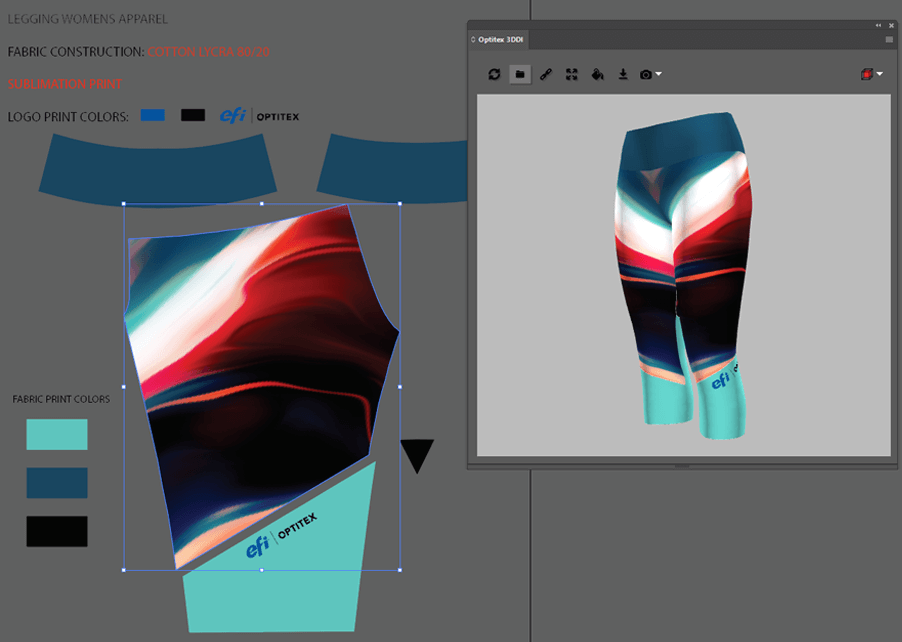
The Best 3D Fashion Software 2023: CLO3D vs Browzwear vs Optitex vs Style3D
What's the difference between CLO, Browzwear, Optitex and Style3D? - Your comple...
Read more

Getting Deep into the PLM architecture
Explore the PLM architecture with Delogue: stages, phases, and methodology. Lear...
Read more

Analytics feature – the next best thing to a crystal ball
In the age of analytics, Delogue is not staying behind. Our purposely-built feat...
Read more

Delivery Terms in Fashion
Everything you need to know about the Incoterms and delivery terms used in the f...
Read more

Empowering Businesses with Delogue: Adapting to Remote Work
Discover how Delogue empowered businesses during the pandemic by centralizing co...
Read more

Understanding Payment Terms: A Guide for Supplier Selection
Learn about the different payment terms for supplier selection in the apparel in...
Read more

Enhancing E-commerce Success: The Importance of Optimized Product Data
Discover the importance of optimizing product data for e-commerce success. Learn...
Read more

Accelerate Your Digital Transformation with Delogue PLM + SPY System
ARKK Copenhagen and KnowledgeCotton Apparel explain how they use a combination o...
Read more

Maximizing Efficiency and Profitability with PLM Systems
Optimize operations, increase profitability, and enhance productivity with a PLM...
Read more

Streamlining Buyer Work with PLM: Maximizing Efficiency and Accuracy
Maximize fashion buyer margins with advanced strategies, technology, and collabo...
Read more

The Benefits of Using PLM Software for Strong Supplier Relationships
Discover how Product Lifecycle Management (PLM) software can help manufacturers ...
Read more

Traceability in the fashion supply chain
A sustainbility strategy requires transparency and traceability across the fashi...
Read more

Why Fashion Companies Benefit From PLM Software
How fashion companies can reduce costs and improve productivity by using PLM sof...
Read more

How PLM software can enable small to mid-size fashion companies to grow faster
Learn how small fashion companies with limited resources can grow faster by depl...
Read more

The Price of Outdated Processes: Calculating the Cost of Not Having a PLM Solution
Learn how investing in a PLM can streamline operations, reduce costs, and drive ...
Read more
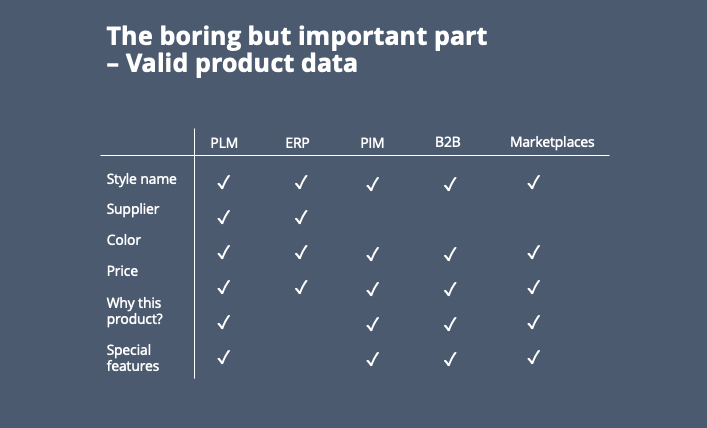
5 simple steps to make the sales and marketing teams happy
Learn how to unify product development, sales, and marketing for success. Discov...
Read more

Improve Time to Market with Centra and Delogue PLM
Improve time to market by integrating Delogue PLM with Centra. Get structured pr...
Read more

The balance of a professional IT setup with the right software applications
One size fits all or Best-of-breed solutions? How to decide which software appli...
Read more
Filter
Filter

Discover how EU regulations are transforming the fashion industry with sustainability and transparency at the forefront. Learn about the EU Taxonomy and CSRD's impact on businesses.

Explore AI in PLM: How machine learning, language models, and automation transform product lifecycle management. Learn about training and PLM efficiency.

Inside Delogue: Reflecting on a year of growth, collaboration, and the people who power our platform. Discover our journey and future ambitions for 2026.

Discover the importance of partnerships, where collaboration and shared infrastructure between brands and tech drive the fashion industry forward.

Understanding and managing product environmental impact is crucial for fashion brands to stay compliant with evolving regulations and meet sustainability goals.

Learn how structured product data in PLM systems is crucial for navigating ESPR and DPP compliance in the fashion industry. Discover actionable steps for better data management today.

Meet Rasmus, Delogue's Chief Product Officer, and learn about his product philosophy, customer-centric development, and the future of Delogue PLM in our latest InsideDelogue series.

Discover how Digital Product Passports and digital twins are revolutionizing the fashion industry, enhancing transparency and customer engagement.

Discover how to build a resilient and efficient supply chain in fashion through structure, visibility, and collaboration, ensuring smooth operations from concept to finished product.

Exploring how Delogue, London College of Fashion, and Pas Normal Studios use Digital Product Passports to drive sustainability, transparency, and innovation in the fashion industry.

Discover how integrating ESG data into core systems can transform compliance into commercial advantage for fashion brands, fostering collaboration and transparency across the value chain.

Discover how Ulla, Head of Customer Success at Delogue PLM, builds strong partnerships with fashion brands through trust, transparency, and a deep understanding of industry challenges.

Learn how to manage and leverage data in fashion to gain a competitive edge and improve compliance with these practical tips and insights.

Exploring the importance of tech partnerships in the fashion industry with Delogue's Head of Partnerships, Kristian Wahl, and how these collaborations drive innovation and efficiency.

Learn why compliance in the fashion industry starts with your suppliers and how to build a seamless data collection process for better transparency and trust.

Discover answers to common product development questions in Delogue PLM, including pricing, materials, messaging, and compliance with upcoming EPR regulations.

Learn how to simplify EPR compliance for packaging in the fashion industry using your PLM system for efficient tracking and reporting.

Learn how APIs streamline data flow between PLM, ERP, and other systems, enhancing efficiency and compliance in the fashion industry.

Discover how structured tasks and processes in Delogue PLM streamline fashion product development, enhancing collaboration, efficiency, and product quality in a fast-paced industry.

Discover the latest updates in Delogue's size charts, claims handling, and ESG reporting from our recent live Q&A session with industry experts.

Discover the crucial role of care labels in enhancing garment longevity and brand communication, and learn why updating them early in product development is essential.

Discover the people and culture behind Delogue PLM, a platform where fashion meets tech, fostering collaboration and creativity in the heart of Copenhagen's vibrant fashion scene.

Mid-2025 ESG update: Navigate new regulations, integrate sustainability, and streamline workflows to enhance your brand's value chain. Discover practical insights and examples from industry leaders.

Learn how integrating a detailed Bill of Material with AI can transform compliance challenges into business opportunities for the textile industry.

Discover the ESPR working plan's impact on textiles, sustainability criteria, and the future of fashion industry regulations from 2025 to 2030.

TechThreads 2025 emphasized the need for collaboration and technology in driving sustainable change in the fashion industry. It highlighted the importance of proactive innovation and human-centered systems.

Discover the importance of integrations in fashion tech to enhance data flow, reduce manual tasks, and improve overall efficiency in your tech ecosystem.

Discover how strong supplier relationships are crucial for meeting new data compliance demands in the fashion industry. Learn why collaboration and trust are key to future success.

Fashion brands must adapt to new sustainability regulations using technology for transparency, efficiency, and compliance, ensuring future competitiveness in a rapidly evolving industry landscape.

Discover the significance of a detailed Bill of Materials in fashion for compliance, collaboration, and product development efficiency.

Explore how Delogue PLM's Admin Module lays the foundation for efficient, scalable product development by centralizing and standardizing essential data.

Discover how Delogue PLM enhances collaboration with suppliers, ensuring quality, efficiency, and transparency in product development through centralized communication and data management tools.

Exploring how integrating circularity into design can extend product lifespans and support sustainability through durability, quality craftsmanship, and user engagement.

Discover how Sika Footwear uses data-driven strategies to enhance product longevity and quality through integrated tech solutions.

Discover how integrating PLM systems into product development ensures high quality, reduces costs, and supports sustainability through structured processes and data-driven decisions.

Learn how fashion brands can leverage data and technology to meet ESG goals, streamline compliance, and integrate sustainability into their business strategy effectively.

Discover how integrating PLM and ERP systems can streamline workflows, ensure data consistency, and build a strong foundation for future regulatory and operational challenges in the fashion industry.

A solid data foundation is essential for businesses navigating today’s regulatory and operational demands. Foundation is a PLM system.

Discover how Delogue PLM's reporting tools can help you manage style data, sample requests, and item inventories efficiently with expert tips for enhanced reporting.

At Delogue we believe that 2025 will be filled with 3 important focus areas: Collaboration, technology and regulations.

A solid data foundation is essential for businesses navigating today’s regulatory and operational demands. Foundation is a PLM system.

Discover how Delogue PLM and Tex.Tracer are revolutionizing fashion sustainability through seamless product data management and supply chain transparency.

Explore how to use custom fields in Delogue PLM and understand the importance of proactive risk assessment for compliance and product safety.

Learn how to navigate the updated General Product Safety Regulation (GPSR) and ensure compliance with essential risk assessments before the December 2024 deadline in our latest blog.

Explore the latest insights on ESG challenges, sustainable materials, and supply chain transparency with Delogue PLM in our new #DelogueUncovered series.

Discover the benefits of PLM systems, differences between PLM and ERP, and how PLM aids compliance and certification management for efficient product development.

Explore the importance of supply chain transparency and traceability in the fashion industry, highlighting key insights from Delogue's recent webinar.

Effective supply chain management is crucial for fashion brands to stay competitive, ensuring transparency, compliance, and long-term partnerships amid evolving regulations. Discover key insights from industry experts.

Essential strategies for businesses to comply with evolving sustainability regulations: Circularity, Transparency, and Environmental Impact. Ensure long-term survival by integrating these into your operations.

On July 18th 2024, The ESPR was officially passed, introducing significant changes aimed at promoting sustainability across the EU.

Discover how the fashion industry is adapting to new regulations with the Digital Product Passport, focusing on data mapping, risk assessment, and supplier transparency.
.png)
Learn from textile industry expert Marie-Louise Rosholm about designing for circularity, emphasizing longevity, resource efficiency, and the importance of aesthetics in creating sustainable fashion.

Discover how the new EU textile legislation is reshaping the fashion industry and driving sustainability. Learn about the impact, actions, and steps brands must take to comply and thrive in this eco-conscious future.

Learn why managing your products in Excel could threaten your company's future. Discover the challenges of EU compliance and how a PLM system can help you meet the evolving demands of the textile industry.

Discover the importance of Scope and Transaction Certificates in the apparel industry and how they ensure trust, quality, and compliance. Learn about their differences, challenges in managing them, and the benefits of using a PLM system for efficient certificate management.

Discover the significance of certificates in the apparel industry and the transformative role of PLM in streamlining certification management. Dive into how PLM systems centralize, automate, and integrate the entire certification process, ensuring agility and compliance.

Learn how cloud-based PLM software can improve productivity, reduce costs, and streamline decision-making for fashion and apparel companies. Discover the benefits and differences between PLM, PDM, and PIM software.

Discover how apparel supplier Tatari improved their workflows and communication by implementing Delogue, a powerful PLM system. Read their success story and learn how standardized processes and centralized information transformed their operations, leading to increased efficiency and customer satisfaction.

Shijiazhuang Runni Trading Company, explains how working with Delogue PLM helps strengthen brand relationships through effective supplier collaboration.

How a PLM accelerates your growth and when to know the best time to invest. Our customers figured it out and their satisfaction is loud - here's the proof.

Learn how PLM integration with ERP systems works. Our guide explains how Delogue PLM connects seamlessly to ERP via APIs, webhooks, XML, FTP - enhancing data flow and efficiency.

2023 is set to become the year of ESG in the fashion industry. Keep up to date with the EU Directives shaping fashion business practices of the future

Explore PLM vs ERP in fashion: Understand what PLM and ERP are, key functional differences, and whether to start with PLM or ERP for your brand’s efficiency.

Learn how to negotiate sample delays in an increasingly volatile supply chain by following three simple steps and trusting on the fruits of digitalization.

Learn how outdated legacy- and in-house systems affect your business performance and why the time has come to adapt best-of-breed tech stack solutions.

Find out if and how the new EU Due Diligence Directive will affect your operative supply chain and how you can be prepared for what's to come.

Learn how Bestseller uses 3D as an early adopter and the benefits and learnings it brought to their company throughout the last 5 years.

Discover how BoM in PLM works: learn PLM BoM management, process flow, and best practices for sustainable product development and efficient operations.

How Integrating a PLM & QC software enriches both your product data & product quality.

Explore how German streetwear brand, LFDY boosted popularity with more complex internal structures.

A complete guide to 3D Fashion Software including what are the benefits, when it is used, and how to implement it in your brand.

Learn how to spec a garment with POM and communicate the right measurements to ensure the perfect fit. Our guide includes POM codes, types of measures, and more!

Discover how the integration of a PLM supports sustainability. Learn how to reduce waste and drive traceability and transparency in the supply chain.

Learn how to manage care instructions and labels: apparel care label regulations, requirements, and what information must be included on care labels.

Get insights into how the pandemic affected the fashion industry, how fashion brands adapted to the new normal and what we can learn from it for the future.

Outsource your 3D fashion designs with Mojomoto. They help you stay ahead of the technological revolution in the fashion industry without breaking the bank.

Discover 7 benefits of cloud-based PLM: scalability, collaboration, cost savings, automation, data security, remote access & sustainability.

Equestrian clothing brands find themselves embracing the digital transformation by streamlining their workflows with PLM software.

A PLM helps fashion brands in their 2D to 3D software transformation by provding a platform where all product data is centralized and structured.

Learn the key differences between PDM and PLM systems. Understand what PDM and PLM are, their benefits, and how to choose the right solution for your business.

Learn the key differences between PLM and PIM systems. Understand what PLM and PIM are, their benefits, and how to choose the right solution for your business.

To learn how to achieve close collaboration with your suppliers, we discuss the benefits a Delogue supplier gets by working with PLM fashion software.

Already using 3D virtual sampling software with their suppliers, are VILA, and earlier this month they launched a collection entirely produced using 3D.

We team up with the German fashion software INTEX to share and combine their expertise by bringing two state-of-the-art solutions to the table.

What's the difference between CLO, Browzwear, Optitex and Style3D? - Your complete guide to the best 3D fashion software, from price to functionalities.

Explore the PLM architecture with Delogue: stages, phases, and methodology. Learn PLM basics, lifecycle concepts, process flow and how to use PLM effectively.

In the age of analytics, Delogue is not staying behind. Our purposely-built feature helps you make better and faster decisions. Are you using it?

Everything you need to know about the Incoterms and delivery terms used in the fashion and apparel industry. Uncovering everything from CIF to FOB.

Discover how Delogue empowered businesses during the pandemic by centralizing communication, facilitating collaboration, and providing crucial insights.

Learn about the different payment terms for supplier selection in the apparel industry. Negotiate and combine terms to build strong relationships and improve cash flow.

Discover the importance of optimizing product data for e-commerce success. Learn how integrating data with a Product Lifecycle Management (PLM) solution streamlines workflows, improves accuracy, and enhances the buying experience.

ARKK Copenhagen and KnowledgeCotton Apparel explain how they use a combination of SPY System and Delogue PLM to accelerate their digital transformation.

Optimize operations, increase profitability, and enhance productivity with a PLM system. Streamline resource management, retain knowledge, and ensure traceability.

Maximize fashion buyer margins with advanced strategies, technology, and collaboration. Uncover key insights to optimize sourcing, boost profitability, and stay ahead in the dynamic fashion industry.

Discover how Product Lifecycle Management (PLM) software can help manufacturers optimize supplier relationships, reduce errors, and increase efficiency.

A sustainbility strategy requires transparency and traceability across the fashion supply chain. With the right approach full traceability can be achieved.

How fashion companies can reduce costs and improve productivity by using PLM software to manage product development. What are the benefits of fashion PLM?

Learn how small fashion companies with limited resources can grow faster by deploying a PLM platform as the back-bone for product development

Learn how investing in a PLM can streamline operations, reduce costs, and drive operational savings of up to 30% while avoiding the pitfalls of outdated procedures.

Learn how to unify product development, sales, and marketing for success. Discover the power of valid product data for a seamless customer experience.

Improve time to market by integrating Delogue PLM with Centra. Get structured product data directly into Centra through Delogue PLM. Improve time-to-market.

One size fits all or Best-of-breed solutions? How to decide which software applications are right for you and your organization?
✓ Streamline operations
✓ Make better decisions
✓ Meet ESG regulations with data